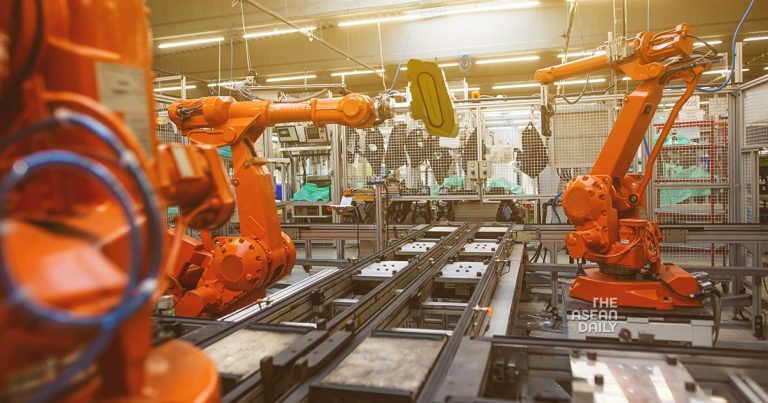1-11-2023 (JAKARTA) Manufacturing activity in Asia experienced a decline in October, attributed to rising oil prices due to the conflict in the Middle East, increased costs, and global demand remaining under pressure.
According to manufacturing purchasing managers’ indexes (PMIs) released on Wednesday by S&P Global and au Jibun Bank, most countries in the region reported challenges stemming from cost inflation, reduced output, and new orders. This was further highlighted by an unexpected contraction in China’s private gauge of factory activity, underscoring the fragility of the world’s second-largest economy.
These data serve as a discouraging sign for global growth, which has been threatened by uncertainties surrounding the Israel-Hamas war and the potential for wider conflict in the region. Asia, being a major producer of goods, has struggled to increase production this year due to inconsistent demand from key markets such as the United States and Europe.
The PMI readings for Japan and South Korea remained in contraction territory, with figures of 48.7 and 49.8, respectively, showing minimal change from the previous month. A reading above 50 indicates expansion, while anything below signifies contraction.
Usamah Bhatti, an economist at S&P Global Market Intelligence, commented on the South Korean data, stating, “The rate of inflation was robust and the strongest seen in the year to date amid reports of higher raw material prices, notably those linked to oil.” Bhatti also highlighted that companies mentioned unfavorable exchange rates as their currencies came under pressure, leading to higher input costs.
Inflation Returns
Although oil prices are starting to stabilize, the Middle East conflict caused volatility over the past month, just as many Asian factories were beginning to benefit from easing inflation and widening profit margins. If a broader conflict erupts, crude prices may surge further this quarter. Elevated or increasing interest rates could also hinder plans to expand manufacturing activity.
India, which has been a standout performer in the region, was not entirely immune to the headwinds. Its PMI dropped to an eight-month low of 55.5 due to softer increases in new orders, production, and exports.
Most of Southeast Asia, which has traditionally relied on the strength of its domestic markets for growth, was also in contraction. PMIs for Vietnam, Myanmar, and Thailand deteriorated, while Malaysia remained unchanged. Only Indonesia managed to expand in October compared to the previous month, although the growth rate was slower.
The stop-start recovery is also evident in China, where the private Caixin survey of manufacturing activity fell from 50.6 in September to 49.5 in October. This aligns with an official gauge released earlier this week, which showed a contraction in factory activity due to a series of public holidays during the month and muted market demand.
Wang Zhe, senior economist at Caixin Insight Group, remarked on the Caixin data, stating, “Manufacturers were not in high spirits in October,” citing falling supply, employment, and external demand. Zhe added, “The economy has shown signs of bottoming out, but the foundation of recovery is not solid.”
Insights from Bloomberg Economics
Bloomberg Economics commented on China’s October Caixin manufacturing survey, stating that it reinforced the message that growth momentum is softening despite proactive policy support. They expressed concerns about the prospects for small, export-oriented companies and the overall strength and durability of the recovery.
There have been a few indications that the worst may be over for certain parts of the region, as activity and demand strive to recover. Taiwan, a bellwether for trade, recorded a PMI of 47.6 in October, the highest reading in seven months, suggesting a less severe decline in economic activity.
Meanwhile, South Korea witnessed a 5.1% increase in exports in October compared to the same period the previous year. This marks the first rise since late 2022 and indicates some resilience in the global economy. Manufacturers also reported improved business optimism for the next 12 months, stating that resurgent demand would stimulate new product launches and sales, as revealed by the PMI survey.




